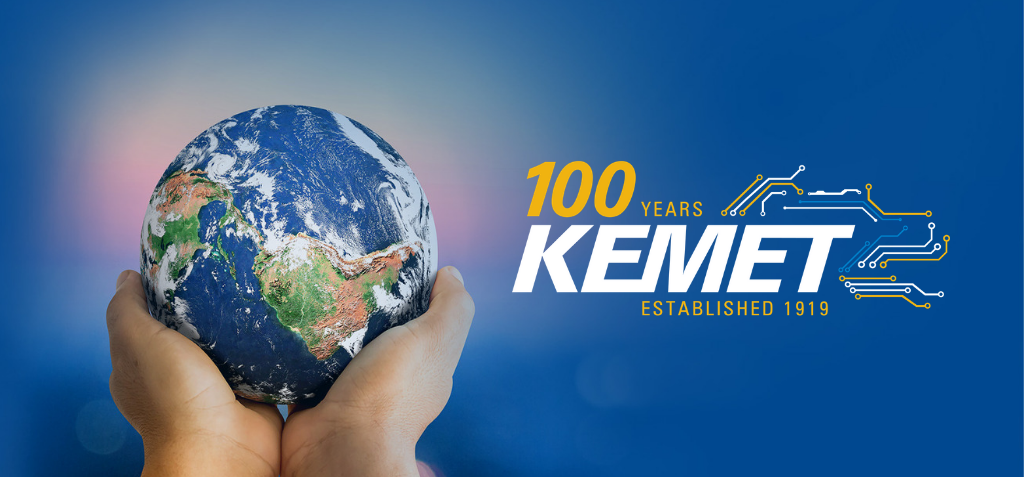Over the last century, KEMET has made history for quite a few achievements and revolutions in metallurgy, electronics, and emerging technologies. But one of the more notable advances has happened over the course of the last two decades upon KEMET’s transition into a major global corporation. As one of the world’s largest users of tantalum, it is important to promote the sustainability in our direct operations and supply chain.
The commitment towards operating as an ethical and sustainable organization has been one of both business and environmental integrity. We took steps towards this goal with serious conviction and quickly made strides towards becoming a sustainable operation. In fact, KEMET was one of the first companies to receive the distinction of “conflict-free” as acknowledged by the U.S. Securities and Exchange Commission (SEC). This journey began in the early 2000s and actively continues today.
Tantalum Vertical Supply Chain Integration
In 2011, KEMET took a leading role in a project focused on sourcing conflict-free tantalum from the Democratic Republic of Congo (DRC). This project developed one of the electronics industry’s first comprehensive, socially, and economically sustainable sourcing models based on tantalum ore from the DRC, culminating in a vertically-integrated, conflict-free tantalum supply chain.
Partnership for Social and Economic Sustainability
KEMET also created the Partnership for Social and Economic Sustainability in the small tantalum mining village, Kisengo, in the Katanga Province in southeastern Democratic Republic of Congo (DRC). Together with the local miners, KEMET helped establish a foundation that provided funding for improvements to the infrastructure of the village, to build a hospital that has served over 30,000 patients, and to build a school that has 1,500 students. Funding was also provided for roads, bridges, and solar-powered street lighting. Additionally, wells were drilled in the village to provide fresh drinking water, which is a major concern in that region. This partnership continues today. To learn more, visit the Kisengo Foundation website.
Engineering Water Conservation
In 2018, we continued our work in sustainability by focusing our efforts on reducing the water footprint of our Pontecchio, Italy facility by applying innovative engineering solutions to improve our water efficiency. By connecting the cooling system of our facility’s climatic cells to the process cooling towers and installing a state-of-the-art cooling tower water analysis system, we were able to reduce our water consumption by 50%.
But water isn’t the only resource where we reached significant savings. Due to our trigeneration system, we’ve been able to reduce facility carbon dioxide emissions by 50% over the last three years while also recovering more thermal energy than we purchased.
Powering Environmental Solutions
As we look ahead, the future of sustainability at KEMET is electrifying. We are committed to the journey before us. As a business, we are powering innovation in emergent sustainable technologies including renewable energies—such as solar, wind, geothermal, and tidal,— electric vehicles, and biofuel. As a global leader, it’s important to us to keep setting an example of responsible, ethical, and sustainable sourcing of materials. Achieving success should not come at the cost of sacrificing the health of our environment and the communities in which we work, and we are committed to making KEMET an example of this philosophy.
You can learn more about our sustainability efforts by downloading our 2018 Corporate Sustainability Report.
